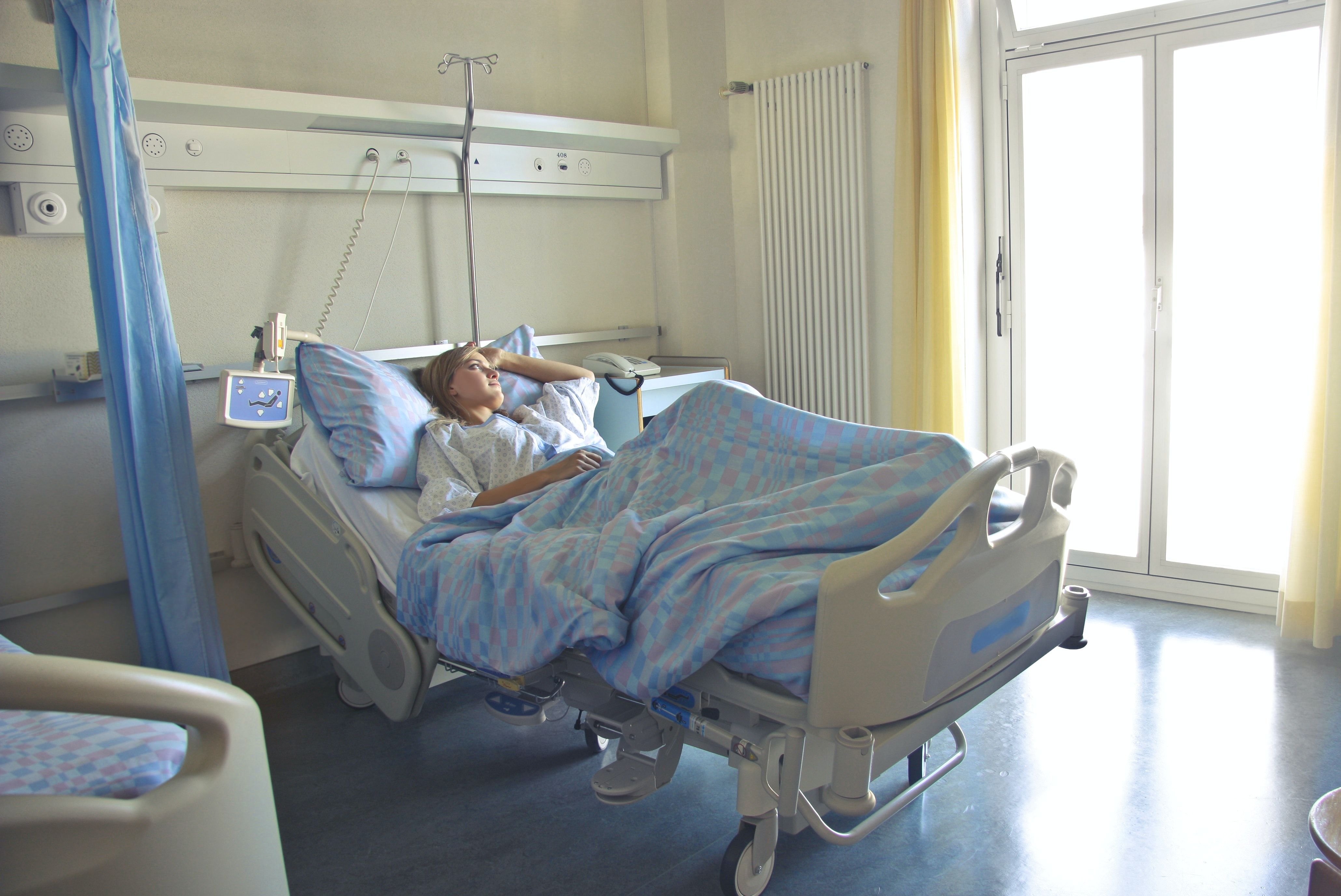Hospital-Associated SAB, CDI More Than Twice as Likely Among Cancer Patients
Cancer patients are more than twice as likely to acquire hospital-associated Staphylococcus aureus bacteraemia (HA-SAB) and Clostridioides difficile infection (HA-CDI) than others, a new study from Australia found.

Patients with cancer had a higher burden of hospital-associated Staphylococcus aureus bacteraemia (HA-SAB) and Clostridioides difficile infection (HA-CDI), according to a retrospective study in Australia.
The study, accepted for publication by the Internal Medicine Journal, included data on SAB and CDI from the Victorian Healthcare Associated Infection Surveillance System (VICNISS) Coordinating Centre, from December 2018 to July 2020.
“Our findings demonstrate a higher burden of HA-SAB and HA-CDI in a cancer cohort when compared with state data and highlight the need for cancer-specific targets and benchmarks to meaningfully support quality improvement,” the investigators wrote in their study.
A total of 10,608 SAB cases and 13,118 CDI cases at 139 health care facilities in Victoria, including 1 dedicated cancer center, were included. Those cases were divided into cohorts, with 105 SAB cases and 316 CDI cases in the cancer-specific cohort, which included patients admitted to the Peter MacCallum Cancer Centre, compared with 10,503 and 12,802 cases in the statewide cohort respectively.
Cases in the cancer cohort were more likely to be health care associated than those of the broader group, accounting for 85% of SAB cases and 88% of CDI cases in the cancer group (consistent with previous reports), compared with 34% and 66% respectively in the statewide group.
Compared with the statewide group, the study found that HA-SAB events were more than twice as likely in the cancer group (2.25 [95% CI: 1.74-2.77] vs. 1.11 [95% CI:1.07-1.15] HA-SABs/10,000 OBDs) and HA-CDI events more than three times as likely (6.26 [95% CI: 5.12-7.41] vs. 2.31 [95% CI: 2.21-2.42] HA-CDIs/10,000 OBDs).
Possible contributing factors for the higher SAB risk among cancer patients include the use of indwelling medical devices for the treatment of cancer, frequent or prolonged hospitalization and high prevalence of colonization with S. aureus. Contributing factors for CDI risk may include frequent use of broad-spectrum antibiotics, changes in gut microbiome and cancer-related surgery.
Limitations of the study include that the comparison cohort of mixed and general hospital patient populations likely included patients with underlying conditions including cancer. Also, the cancer specific cohort only included patients from one center. Participation by private health care facilities was voluntary, introducing the possibility of self-selection bias.
The investigators noted that more robust surveillance is needed to evaluate infection rates and epidemiology within specific high-risk cancer groups.
“Looking ahead, we propose that existing surveillance infrastructure be modified to enable numerator and denominator data specific to hematology-oncology units in general hospitals be extracted to allow reporting and meaningful comparison of high-risk subpopulations across multiple health services,” the authors wrote.
The study was presented at the 21st ICHS Symposium on Infections in the Immunocompromised Host in February.
Health care-associated infections are an important threat to patient safety, and health officials have made efforts to monitor and prevent these illnesses.
In the United States, CDI sickens more than 400,000 people each year, resulting in about 25,000 deaths. Recent research has shown a marked decrease in CDI infections, driven by a 36% decrease in health care-associated CDI between 2011 and 2017.
In 2017, there were about 120,000 cases of SAB in the United States, resulting in 20,000 deaths. A recent study found higher rates of mortality and complications for hospital-onset SAB compared with community-acquired infection.
